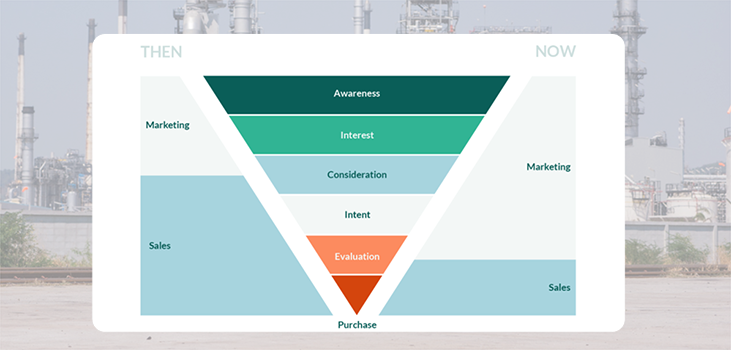
The 5 Growth Phases of a Company
Growing your business is the goal of entrepreneurs. Businesses grow in stages. If the company grows to the next phase, the structure, culture and profitability will change. Each phase comes with changes and growing challenges. Insight into the growth phases and your own way of doing business will help you further. The Greiner's Growth Phases Model is a management model developed by Larry Greiner in the 1970s that provides insight into how a company is changing and growing over time. The model identifies five distinct phases of growth that a company can experience, each of which is associated with a different set of management challenges: Pioneers Phase (<8 employees) Growth through creativity: In this phase, the company is small and entrepreneurial, with a flat organizational structure and a focus on innovation and creativity. The key challenge is to maintain the entrepreneurial spirit while developing systems and processes to support growth. Organization Phase (8-25 employees) Growth through direction: In this phase, the company has grown to a size where it needs more formal structures and processes to manage its activities. The key challenge is to establish clear lines of authority and communication while maintaining flexibility and adaptability. Management Phase (25-50 employees) Growth through delegation: In this phase, the company has become larger and more complex, requiring the delegation of authority and responsibility to middle managers. The key challenge is to develop and maintain effective communication channels between the top management and the middle managers. Delegate Phase (50-150 employees) Growth through coordination: In this phase, the company has grown to the point where it needs to coordinate activities across different functions and departments. The key challenge is to develop effective systems for coordination and control while maintaining flexibility and responsiveness. Standardization Phase (>150 employees) Growth through collaboration: In this phase, the company has become large and diversified, requiring collaboration and integration across different businesses and markets. The key challenge is to develop a shared vision and culture that can support collaboration and integration. Each phase requires different qualities from the entrepreneur. The growth process of the company is also a personal development process of the entrepreneur. In order to grow, entrepreneurs must not only invest in their company, but also in themselves as a person and entrepreneur. Your character, competencies and ambitions.Grow your business in a healthy way. This will only work if you, as an entrepreneur, dare to take the right steps. Have you set your sights on growth? Then check off these points one by one. You really can't arrange them all in a week, month or year, but it does help you to get started with the growth of your company in a targeted and efficient way. a) Increase your ambition level and determine your growth strategy. The more ambitious the entrepreneur, the more energy and dynamism you will find in the company. b) Focus on the core tasks that really contribute to the goal of the organization and simply do not do anything beyond that. Focus is extremely important. c) Many entrepreneurs find it difficult not to be involved in every decision. After all, the company feels like their own child. However, this is a prerequisite for taking the next step. Only when you as an entrepreneur are able to let go of things can the company continue to grow.
Each phase requires different qualities from the entrepreneur
d) Managing staff, innovating, selling, keeping focus, developing financial insight and strategies. A lot of skills are required of you when you want to grow your business. Dare to admit that you have not mastered everything. Follow a management course, read books, attend presentations and gain new knowledge all the time. e) As an entrepreneur you focus on the market and you probably see 101 opportunities to expand further. Keep that pioneering look. But never lose sight of your finances. f) Motivate your employees. They maintain contact with the customer and come up with solutions for day-to-day problems. Without their efforts, things largely come to a standstill.





.jpg)